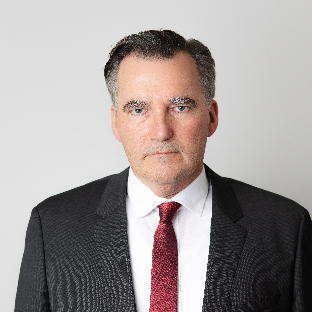Friday, 17 November 2023, Canberra, Sydney, Melbourne, Perth
A national Australian research centre has achieved gender parity in just five years, all while discovering how the Universe evolved, how galaxies form, and where the elements come from.
The achievement demonstrates that astronomy can offer equality of opportunity for the smartest young minds to learn how to tackle the biggest questions. Then they can apply their problem solving and data experience to astronomy or to solving challenges in the wider community: in climate, health, tech, data science, and many other areas.
Around the world, research agencies are struggling to achieve gender parity.
A paper published in Nature Astronomy today reports how ASTRO 3D, the Australian Research Council Centre for All Sky Astrophysics in 3 Dimensions, achieved equal numbers of women and men using science.
“We used research in sociology and psychology to develop evidence-based strategies, and to create a supportive and positive culture in our Centre,” says Professor Lisa Kewley, the founding director of ASTRO 3D, and the lead author on the paper. Professor Kewley now leads the Center for Astrophysics, Harvard & Smithsonian.
“Our success offers a model to other organisations, especially in the physical sciences where participation rates for women continue to be well behind the biological sciences, and where gender equality has remained stubbornly low,” says Professor Emma Ryan-Weber, the current Director of ASTRO 3D.
“Astronomy is a gateway science,” says Professor Ryan-Weber. “Students are fascinated by the question of what’s out there in space and how the elements that fused inside stars end up being the oxygen we breathe. I am proud that our centre is providing a diverse range of role models for the next generation—encouraging them to take up maths and physics, which opens up career opportunities not just in astronomy but across the physical sciences and a range of technical industries, such as data science.”
“Astronomy is regarded as leading in gender equity in the physical sciences. But when we established ASTRO 3D in 2017, I looked at the numbers and realised that on current trends it would take more than 60 years to reach gender parity,” says Professor Kewley.
Across Australia, women make up 30 to 35% of PhD astronomy students, and less than 20% at the highest professorial level. “And women are more than three times more likely to leave the profession. Sixty-two per cent of women and 17% of men leave astronomy at the junior postdoctoral levels. We had to do better,” Professor Kewley says.
“Our program was implemented between December 2017 and January 2023. In that time, ASTRO 3D went from 38% women to 50%,” she says.
The key steps included:
- setting diversity targets with regular monitoring of progress
- selecting a diverse set of team leaders
- in-person diversity training for all organisation members
- ensuring 50% women on postdoctoral selection committees
- ensuring 50% women on postdoctoral short-lists.
“Diverse leadership is crucial for improving the diversity within teams,” says Professor Stuart Wyithe, Director of the Research School for Astronomy & Astrophysics, The Australian National University.
“Women-led teams recruited and retained more women postdoctoral researchers, attracted more women students, and worked with more women collaborators, while the converse was true for men-led teams,” he says.
“The ASTRO 3D program reached a tipping point when there were 40% women in the organisation as supervisors, mentors and role models for students. After that, student enrolments by women in the Centre accelerated. The gains were not made at the expense of men, as the membership grew over this period,” Professor Kewley says.
Recruiting women is one thing, but retaining them is just as important and ASTRO 3D introduced a range of policies to make sure their staff felt welcome and valued. These included a focus on leadership development, promotion of work-life balance, partner recruitment, as well as pathways for reporting misconduct.
In all categories, larger percentages of women were retained than men.
Among students, 55 to 58% women were retained compared with 37 to 48% men and a larger percentage of women postdoctoral researchers were retained in the Centre (67 to 70% women and 55 to 69% men).
“This suggests that the presence of women supervisors and role models is critical for attracting and retaining women.”
Professor Ryan-Weber, who is also an astronomer at Swinburne University of Technology, says the paper clearly paves the way for other research centres to achieve similar results.
“Our researchers have made phenomenal discoveries in understanding how elements, stars, galaxies and the gas that surrounds them evolved from the early Universe to today. Their skills have translated to international success in academia and to solve real-world problems in industry.
“But the greatest legacy of ASTRO 3D may be as a role model for better diversity in research,” she says.
Key Facts:
– A national research centre has achieved gender parity in just five years
– They used a 5-step process for implementing change, and hope other businesses and institutes can learn from their success
– They achieved this all while discovering how the Universe evolved, how galaxies form, and where the elements come from.
About us:
About ASTRO 3D
The ARC Centre of Excellence for All Sky Astrophysics in 3 Dimensions (ASTRO 3D) is a $40 million Research Centre of Excellence funded by the Australian Research Council (ARC) and nine collaborating Australian universities: The Australian National University, The University of Sydney, The University of Melbourne, Swinburne University of Technology, The University of Western Australia, Curtin University, Macquarie University, The University of New South Wales, and Monash University.







